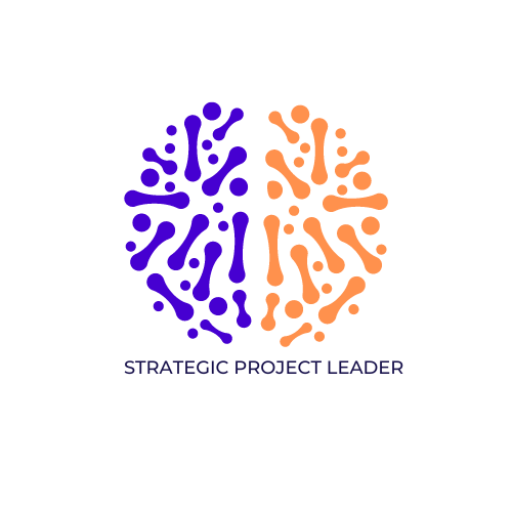Learn the art of creating harmony in personal and professional life, using these five proven project management tools and processes.
One Japanese concept I am fascinated with is the concept of ikigai, which is loosely around our reason for living. Our ikigai is that common thread that holds our professional and personal interests together, creating a sense of harmony and balance across all your routines and everyday tasks. Your ikigai lives at the intersection between what you love, what the world needs, what you’re good at, and what you can get paid for.
I constantly refine my ikigai to align my relationships and career well. But over the years, I had struggled with finding balance in both my personal and professional realms. I was intimidated by how to manage my life as a wife, mother, friend, sister, and employee. In looking for simple tools to help me find alignment, I was surprised to find them hiding in plain sight! As a project manager for more than 15 years, I help organizations balance their projects with a plethora of project management tools and systems. When I started to look at my life as its own set of projects, I realized that I could apply the same principles in my work to help me create the work-life harmony I had been seeking.
You might believe that pursuing a career you are passionate about and fulfilling your dreams are mutually exclusive. But it doesn’t have to be this way. Having that work-life harmony is an important aspect of a healthy work environment. Several experts have diverse opinions about this subject matter. According to the Mayo Clinic, to better manage your time, detach from work and care for yourself. Interestingly, BBC argues that you should not consider work-life balance as an achievement; I find this very intriguing as there is another differing view – that aligns with my point of view – which places focus on work life harmony over work-life balance.
In an ideal world, we all find our ikigai and live happily ever after.
However, the world we live in is not so easy to navigate. Many do not get ideal careers or relationships, let alone both. And this is the situation I found myself in, with a lost sense of purpose, a marriage that was falling apart, and a job I was no longer passionate about.
Just because you haven’t found your ikigai, does not mean you should stop striving to find it. I found mine, saved my marriage, rekindled the joy in my job, and even started my own business. All by using simple tools that I learned from project management as a strategic project leader.
Here are five project philosophies and management strategies to help you find your ikigai, create your work-life harmony, and channel your inner strategic project leader.
Self-assessment
When initiating any project, a great project manager will start with an assessment of what needs to be done. If you are managing a home improvement project for example, you would need to understand the project’s requirements to ensure that the plans you create will deliver against said requirements.
A key step in finding one’s ikigai is to understand your passion, mission, vocation, and profession. You can do a self-assessment to understand your current state and determine what you want in the future. First, you’ll see where you’re at, and second, you’ll visualize where you want to go. The clearer your start and endpoints, the more strategic you can be in achieving your desired result. You are setting the groundwork for a successful approach to the evaluation process.
Mindset and goal setting
I learned early on in finding my ikigai that effort does not always equal results. If I read a self-help book for instance, it did not necessarily mean that I would be more in tune with myself. If I attended a workshop, it would not automatically make me smarter. The same is true for your search for meaning and balance in life. Just because you put in work, time, and money does not mean that you will always succeed.
As a strategic project leader, this is easy to observe in teams and individuals. Looking at systems and processes, it is clear to see where processes are broken, and when people are not delivering on their roles. But when you’re trying to monitor your behavior, it’s not so easy to see things from the outside. When I work with a new project team on their assessment, I make sure that we are all in the right mindset to set clear goals.
When we focus on our mindset and goals, we are being strategic. We see the bigger picture and take into account how our actions will impact our families and long-term careers. When you have the right mindset, you can make more calculated decisions and actions.
I had to train my mind and you can, too. When I help my clients establish their goals, I help them to prioritize their goals by ranking them from greatest to least important. Once you have all your goals listed, you’ll need to break each goal into smaller goals and organize your “mini-goals” in an order that makes sense to you. For example, if you want to have a more loving relationship with your partner, start to think of what steps you can take to strengthen your bond and the sequence with which those steps should happen. If you want to get a promotion, consider what actions you can take to ensure that your projects (current and future) are set up for success.
Manage your time well
It’s easy to want changes, and want them made yesterday. I had to come to terms with the fact that there were only 24 hours in a day and 60 minutes in an hour which wasn’t going to change. The million dollar question my clients ask me is how some people get alot more done in the day and are so much more successful than others? I tell them, it all comes down to how effectively you manage your time and prioritize all you need to get done.
I started by managing my time better, by treating the hours and days just like I would a budget. The maximum time I had each day was 24 hours, and I had to spend this time more effectively! I started by allocating time to my personal and professional life at a ratio that ensured harmony with both. It sounds simple because it is, but that does not mean it is easy.
The key is to determine what your healthy ratio is and use a calendar or any other scheduling tool that works best for you to schedule and track your time. In addition to my personal client base, I work with companies that want to deploy large projects with multiple teams. I alway document all the requirements and schedule all the activities into a scheduling tool; this way nothing falls through the cracks. In simple terms we assess the project deliverables, prioritise requirements, agree on outlined milestones, and then turn to a scheduling tool. Working with the stakeholders and leadership, I look at the schedule and discuss changing customer needs to ensure continuous alignment. Then everything is reverse engineered off of that timeframe, and I organize and assign tasks accordingly.
You can use this same concept for personal and professional projects. I use a digital calendar where I color-code my work and personal activities in different colors to give me one clear view of my life.
In allocating time, start by drawing a line in the sand as a baseline for when you end your workday and prioritize time with your loved ones. The consequence of poor planning is that if you don’t allocate a reasonable amount of time to get your tasks done, then they will not get done and they will spill over to the next day. This adds more pressure with less time to finish by the deadline. When you work later than you had planned at work, you risk sacrificing your projects at home. Sometimes you may need to work longer, but you shouldn’t try and make it a habit because that can strain your family relationships.
Set expectations
When I’m brought in as a project management consultant, I must communicate with key stakeholders to understand what is required of me and how the team functions. This is all managed by setting clear expectations. At work, expectations can come in the form of a candid conversation between you and your boss. At home, expectations can come from a candid conversation between you and your partner.
Sit down with your boss and have a conversation with them about what it is that you both want to mutually accomplish with regards to your deliverables. Ensure you both agree on appropriate tasks for your work hours versus just getting results for the business.
You’ll need to bring up similar conversations with your spouse or partner to understand what their needs are and how you can be there for them both physically and emotionally. With expectations set, you can intentionally schedule activities and time together. My best advice is to keep one calendar where you can see life and work all in one view. This has helped me so much, and I know it will help you too!
Have fun!
We all need to remember that life is short. You need to make the best of every day and have fun, whether you’re at work or home. There is such a thing as working too much! It’s important to increase the amount of personal time that you have. You must ask yourself, “What do I like to do for fun?”
Many people, including myself, get so absorbed with aspects of our lives, our careers, our kids, that we forget how to have fun. If you can’t think of the answer, ask yourself, what did you used to like to do before now? What were your hobbies, maybe when you were a child? Also, from a family perspective, you can think of activities everyone enjoys doing together.
Talk with your family about having fun to bring you closer together.
Start by making a list of things that you enjoy. Then keep this list handy and as you go throughout your day, make sure to schedule in the fun!
Conclusion
Maintaining harmony in life and work is a skill that you need to learn. A lot of times we feel stuck in the rut or that we are at the mercy of other people or our jobs. I’ve found that leveraging the best project management methods has helped and empowered me to find harmony in my clients’ lives and mine. First, access where you are at and where you want to go. Then, get in the right mind frame and define your strategic goals. Get serious about budgeting your time, and set realistic expectations. When you approach life’s projects like a strategic project leader, you are putting mechanisms in place to ensure results are in line with your goals. And when you do it right, you can thrive in your personal and professional life. I know, because I am living proof.
Have you tried any of these project management tips and tools? What are other steps that you’d add to this list? Connect with me on Instagram, Linkedin, and Twitter, and let me know!



